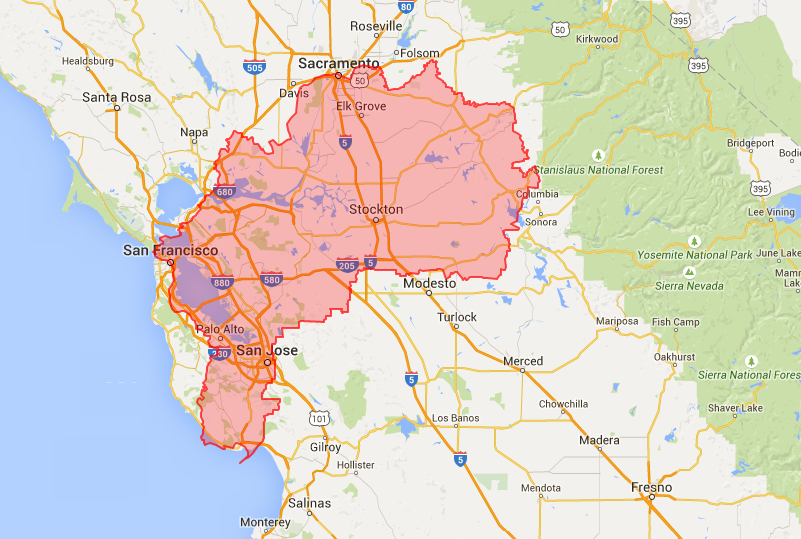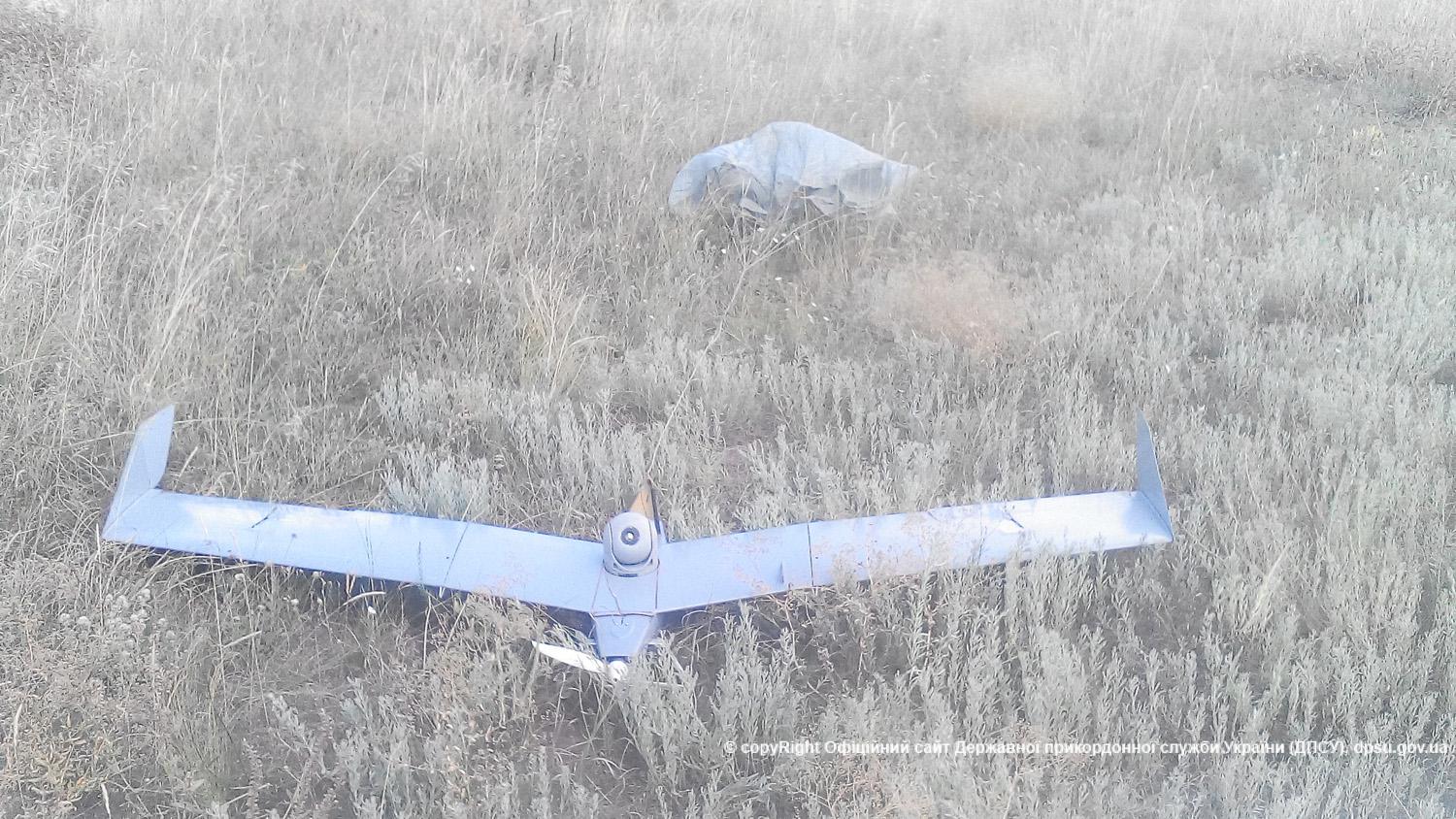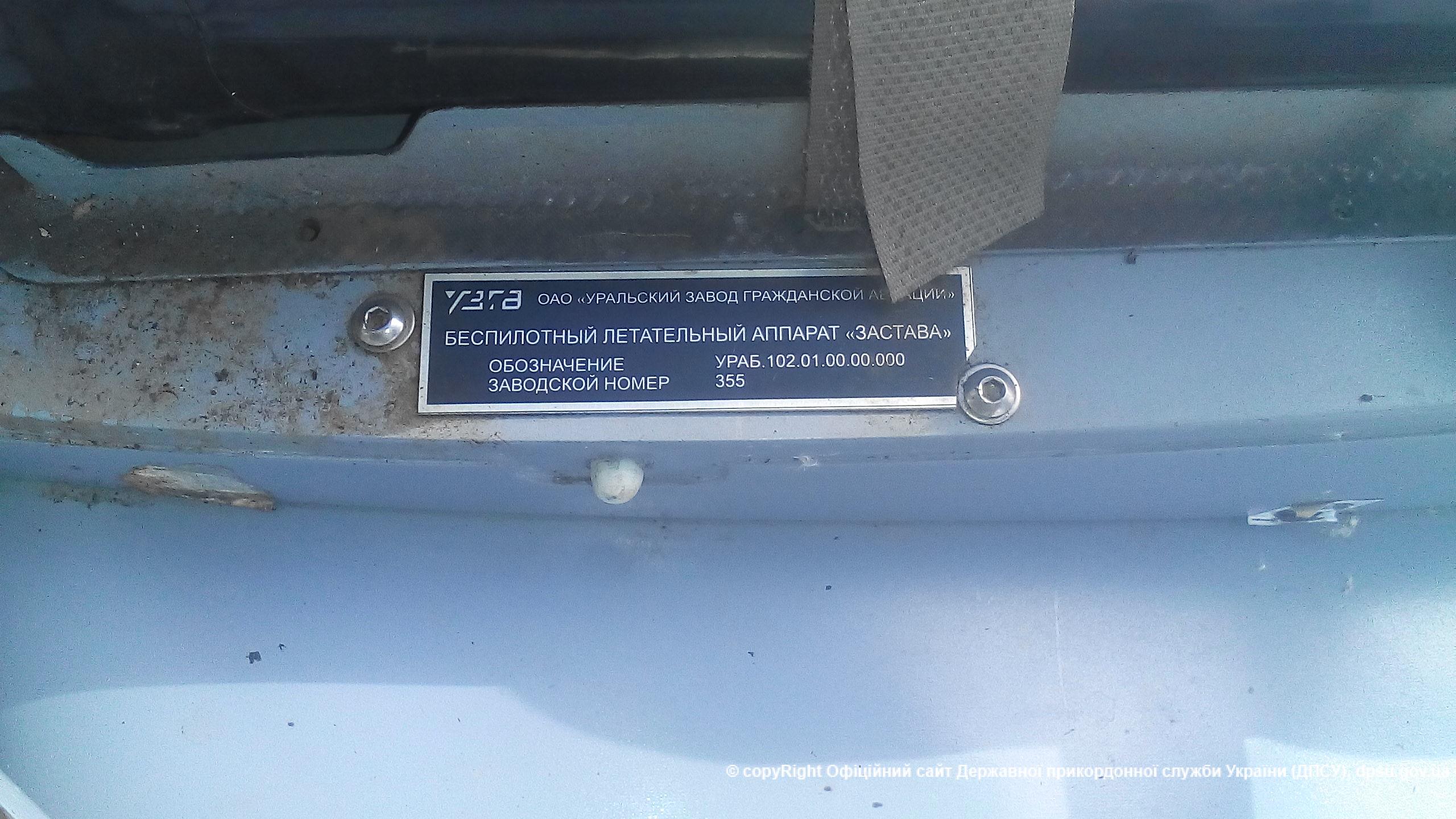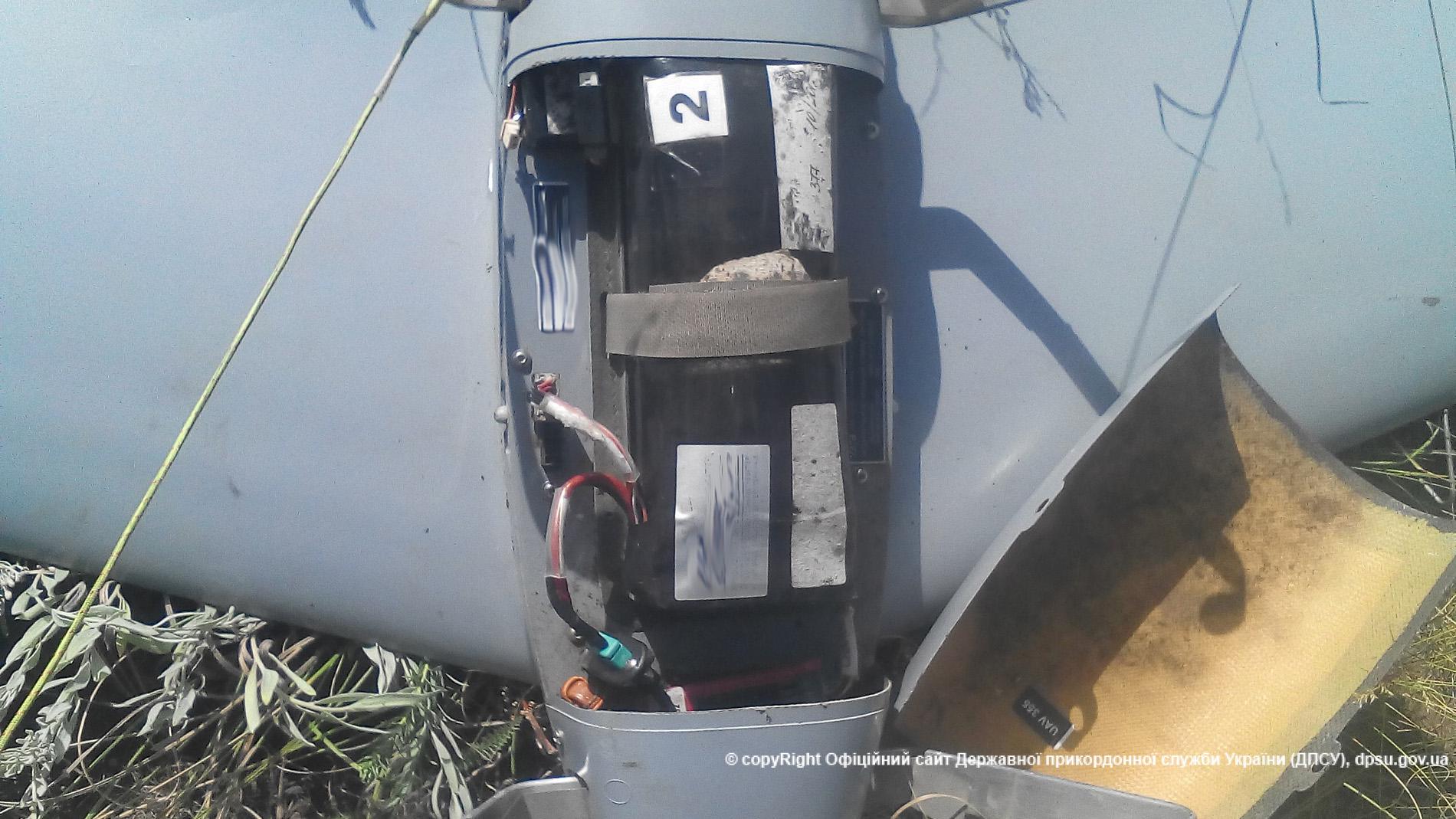Yesterday’s live coverage of the Ukraine conflict can be found here. An archive of our liveblogs can be found here. For an overview and analysis of this developing story see our latest podcast.
Please help The Interpreter to continue providing this valuable information service by making a donation towards our costs.
For links to individual updates click on the timestamps.
For the latest summary of evidence surrounding the shooting down of flight MH17 see our separate article: Evidence Review: Who Shot Down MH17?
The head of the OSCE Special Monitoring Mission (SMM) in Ukraine, Alexander hug, says that a crowd of protesters in Donetsk destroyed OSCE cars in what he is calling an act of vandalism. Hug says that 300 people were bussed to a hotel where the monitors were staying and vandalized the vehicles. Reuters reports:
The protesters, mainly women, arrived at the hotel in two buses accompanied by the city’s separatist mayor Igor Martynov. A Reuters witness said they spray-painted peace slogans on the cars belonging to the OSCE (Organisation for Security and Cooperation in Europe) a Reuters witness said.
The OSCE said the crowd was protesting the deaths of civilians in shelling despite a ceasefire deal and also against the work of the OSCE, which is monitoring the implementation of a peace agreement between Ukraine and pro-Russian rebels.
“We have to limit our movements in the aftermath,” Alexander Hug, the deputy head of the OSCE’s monitoring mission said in Kiev, condemning the “orchestrated” protest as a “type of censorship of our activity that is not acceptable.”
The OSCE SMM tweeted out their frustration:
As we have been reporting, the OSCE is also reporting that one of their drones crashed because it was jammed over the self-delcared “Donetsk People’s Republic,” all while the OSCE is noticing increased troop movement in territory controlled by the Russian-backed fighters and there is a clear escalation in fighting.
Other comments made by Hug suggest that he believes the efforts to block the OSCE’s observation efforts at the moment are organized and deliberate. Journalist Oliver Carroll reports:
The presence of the self-appointed mayor of Donetsk, Igor Martynov, and the arrival of protesters by bus does suggest that the crowds may have been recruited by the separatist leadership to disable the vehicles. An analysis of the fighting on the ground and the continual buildup of troops on the eastern side of the demarcation line suggests that the efforts to slow the OSCE’s mission may be coming at the very time where the monitoring mission is needed the most.
One reason why the Russian-backed fighters are so angry — recently an apartment complex in Donetsk was hit by shells that the SMM says came from the “north-north-easterly” direction. The SMM did not point a finger, but anyone who uses a map can see that this is territory controlled by the Russian-backed fighters. This means that the Russian-backed separatists may have shelled their own city.
The Ukrainian government has also recently accused the Russian-backed fighters of doing just this in an incident over the weekend where a hospital was hit by shells. However, the OSCE report said that shells fired from tanks which hit the city that day originated from the direction of government-controlled Pisky, 11km northwest of Donetsk, and Pervomaiske, 17km northwest of the city. Critics of that report point out that the range of most main battle tanks main cannons is between 2,000 and 4,000 meters, so these shells could still have been fired from tanks belonging to Russian-backed fighters.
— James Miller
The OSCE reports that the situation near Donetsk, especially to the northwest of the city, is growing more tense, and it seems that Russian-backed forces are responsible for the increase in shelling. Their latest update is dated last night, July 22, at 19:30 Kiev time):
The situation in and around Donetsk city (including at the Donetsk airport) was noticeably tenser than during the two previous days. Positioned at the “Donetsk People’s Republic” (“DPR”)-controlled Donetsk central railway station (8km north-west of Donetsk), between 08:25 and 15:35hrs, the SMM observed 76 explosions, 43 incoming and 32 outgoing, one unspecified, consistent with mortar and heavy artillery rounds north-east, north-north-east, north-north-west, west and south-west at distances ranging from 3 to 8km of its position. The SMM observed during the same period sporadic small-arms, automatic grenade launchers and heavy-machine gun fire. Both representatives of Russian and Ukrainian Armed Forces at the Joint Centre for Control and Co-ordination (JCCC) headquarters in Soledar (government-controlled, 77km north-east of Donetsk) agreed on the increased tensions. The SMM continues to follow-up on and observe the aftermath of the shelling in Donetsk city and Avdiivka on 18 July.
Close to Avdiivka (government-controlled, 15km north-north-west of Donetsk), the SMM observed ten fresh craters both on the H20 road and on the surrounding fields. The SMM conducted a crater analysis and estimated that they had been caused by multiple launched rocket systems (MLRS BM-21 Grad) from a north-north-easterly direction. While at the same location, between 13:20 and 14:40hrs, the SMM heard 20 loud explosions of incoming rounds south-east of its position. The SMM estimates that the bombardment was caused by both 120mm mortars and 122mm artillery rounds.
We know that the Ukrainian military has been returning fire in this area, but the observations of the OSCE suggest that the areas under government control northwest of Donetsk are in the crosshairs of the Russian-backed fighters at the moment.
The OSCE is reporting that a localized ceasefire in Gorlovka is holding. The OSCE SMM is overseeing the repair of a major water pipeline which supplies millions on both sides of the demarcation line.
To the south, on the Azov Sea, the OSCE continues to see shelling to the northeast, however, where Russian-backed forces have been observed to be staging in the last several months:
The security situation remained calm in Mariupol city. Whilst at a location south of Nova Marivka (“DPR”-controlled, 46km north-east of Mariupol), however, the SMM heard between 12:44 and 13:00hrs, incoming fire 8km north-north-east of its position. The SMM assessed that it was caused by Grad MLRS. The SMM heard eight series of impacts and observed smoke rising from the same location.
The SMM again visited Shyrokyne (20km east of Mariupol). Whilst inside the village, the SMM heard one rifle shot north-west of its position. The SMM noticed that, since its previous visit (see SMM Daily Report 21 July 2015), some properties had been cleaned of broken glass and debris and that plastic sheeting had been put on some windows.
Things are relatively peaceful in Lugansk at the moment, with only few ceasefire violations in Stanytsia Luhanska. Interestingly, though, grenades appear to have been fired at the OSCE headquarters in separatist-controlled Lugansk:
In government-controlled Stanytsia Luhanska (17km north-east of Luhansk), the SMM was informed by several interlocutors that houses had been damaged there on the night of 19 to 20 July. On Bukaieva Street, the SMM observed damages on two houses, caused by shrapnel in the first and by small arms in the second case (two broken windows).
On 21 July, SMM spotted two small impacts on the road about 50m from the SMM’s office in Luhansk city: one on the road adjacent to the SMM’s parking lot; another one three meters away from the first close to the edge of the road. An examination of security camera records showed that the impacts occurred at 03:19hrs on 21 July within 2 seconds of each other. The SMM estimated that the impacts and explosive residue were consistent with a grenade fired from an under-barrel launcher from an undetermined direction. The “Lugansk People’s Republic” (“LPR”) “police” said they were investigating.
The OSCE also witnessed a significant amount of weapons in violation of the Minsk agreement. Also note the report about OSCE drones being “intentionally” jammed in “DPR” controlled areas northeast of Mariupol.
The SMM visited for the first time three “LPR” heavy weapon holding areas, whose location complied with the weapons’ respective withdrawal lines. At the first one, the SMM observed nine multipurpose light-armoured towing vehicles (MT-LB) of which four were equipped with surface-to-air missile complex Strela-10. At the second one, the SMM observed six MT-LBs. At the third one, described to the SMM as a facility storing 122mm self-propelled howitzers (2S1 “Gvozdika”), the SMM did not observe any heavy weaponry during the time of the visit. The SMM revisited two “DPR” heavy weapons holding areas whose locations comply with the Minsk withdrawal lines. At the first site the SMM observed that two multiple launched rocket systems (MLRS) (GradBM-21) were missing. At the second site, one out of the previously recorded six self-propelled howitzers (122mm 2S1 Gvozdika) was still missing (see SMM Daily Report 20 July 2015). The SMM also visited one Ukrainian Armed Forces heavy weapon holding area whose location complied with the weapons’ respective withdrawal lines. The SMM observed 18 pieces of 152mm towed guns (2A36).
Despite claims by all sides that heavy weapons had been withdrawn, the SMM continued to observe heavy weapons in areas proscribed by the Minsk arrangements. Near “LPR”-controlled Uspenka (23km south-west of Luhansk), the SMM saw a concentration of ten tanks (T-64). The SMM unmanned aerial vehicles (UAVs) observed in government-controlled areas Mykolaivka (37km north-east of Mariupol) anti-aircraft gun fire and in Hranitne (49km north-east of Mariupol) two main battle tanks (MBT). In “DPR”-controlled areas the SMM UAV detected the following: one MBT in Bila Kamyanka (57km north-east of Mariupol), one MBT in Novolaspa (58km north-east of Mariupol), two artillery pieces in Zaichenko (26km north-east of Mariupol) and three artillery pieces in Oktiabr (30km north east of Mariupol). During their operations, the SMM UAVs were exposed to severe and intentional jamming of a military origin; due to that one aircraft crashed.
Earlier, US Ambassador to the OSCE Daniel Baer voiced his frustration at this latest round of jamming. The OSCE SMM has also expressed their frustration.
Later in the same report, however, the OSCE reported that one of their vehicles was jammed over government-controlled territory. However the area, 33 kilometers northeast of Mariupol, is very close to the line of contact between Ukrainian and separatist forces, as the Russian-backed fighters are within 25 kilometers of Mariupol at their position just north of Pavlopil, so it’s not clear that Russian-backed fighters can be ruled out as suspects. A second incident occurred well within “DPR” territory, and it is in this incident that the UAV crashed.
OSCE observers were also blocked elsewhere in territory controlled by the Russian-backed fighters:
The SMM was denied access at four different checkpoints operated by “DPR” armed individuals: at a checkpoint in Bezimenne (30 km East of Mariupol); at a checkpoint in Nova Marivka (46km north-east of Mariupol); at a checkpoint in Hryhorivka (44km north-east of Mariupol); at a checkpoint north of Lukove (41 km north-east of Mariupol).
Interference with the UAV:On 22 July, between 08:00 and 08:50hrs, the SMM UAV experienced severe jamming, which began over government-controlled Chermalyk (33km north-east of Mariupol) and lasted 50 minutes. During the most severe jamming the aircraft lost navigational signal.
On 22 July, while flying south of “DPR”-controlled Sontseve (58km north-east of Mariupol), the SMM UAV began to be affected by jamming of its GPS. The decision was taken to abort the mission and return it to base. During the return, the jamming became more severe; due to that, the UAV crashed.
— James Miller
LiveUAMap.com, a website which tracks the conflict in Ukraine (and elsewhere) in real-time using both open sourced and confirmed sources, has created a new tool which puts the amount of territory controlled by Russia and its proxies into context.
Users can now drag and drop Russian-occupied Crimea and separatist-controlled Donbass onto other parts of the world map.
We have made our own visuals for reference. How big is the area controlled by the Russian-backed forces in the Donbass? Big enough that the so-called “People’s Republics of Donetsk and Lugansk” would cover San Fransisco, San Jose, and Sacramento:

Living on the east coast? The area of the Donbass controlled by militants which Russia supports would cover the Baltimore-Washington Metro area, most of Northern Virginia, part of the Chesapeake Bay, and it would stretch nearly to Richmond:

This area would cover most of Massachusetts, Rhode Island, and Connecticut, stretching from Boston to Springfield, Providence to Hartford — and beyond. But if you add Russian-occupied Crimea to the map, you can see that all of Long Island, New York City, and Philadelphia are covered, as are large parts of New Jersey and Pennsylvania, stretching nearly to Scranton in the west and Maryland in the southwest.

This is a perfect illustration for the amount of territory affected by the crisis in Ukraine, and this current territory does not even include areas which were recaptured by the Ukrainian military last summer, areas which are still being rebuilt.
Drag these territories onto your own home town to get a better sense of the territories affected by this conflict by going to liveuamap.com.
— James Miller
Ukrainska Pravda reports that ATO spokesman Oleksandr Motuzyanik has announced that seven Ukrainian soldiers were wounded over the last 24 hours.
— Pierre Vaux
The Ukrainian military’s ATO Press Centre claims that Russian-backed forces attacked Ukrainian positions 86 times yesterday, with more than 50 attacks occurring between 18:00 and midnight.
From 21:15, Russian-backed forces in Gorlovka shelled the Ukrainian-held village of Novgorodskoye, to the west, with 122 mm artillery for around 40 minutes, the report says.
Nearby Ukrainian positions, as well as those near Leninskoye, to the north of Gorlovka, with 122 mm howitzers and 120 mm mortars.
These same weapons were, the Press Centre reports, used to shell Ukrainian positions near Avdeyevka, Peski and Opytnoye, to the north of Donetsk.
At 22:05 a diversion and reconnaissance group of up to 10 Russian-backed fighters attempted to break through the lines near Opytnoye. The Ukrainian military claim that the attack was successfully repelled.
As of 6 am today, Ukrainian positions near Rassadky and Lozovoye, east of Gorlovka, have been shelled with 120 mm mortars.
In the Marinka area, south-west of Donetsk, Ukrainian troops came under fire 10 times overnight, from mortars and small arms.
— Pierre Vaux
Russia’s state-owned TASS news agency reports that another pair of convoys of ‘humanitarian aid’ organised by the Russian Emergencies Ministry have arrived in Ukraine.
According to the report, the convoys arrived this morning in the separatist-held cities of Donetsk and Lugansk.
The press office of the Emergencies Ministry told TASS:
“All vehicles carrying humanitarian cargo have arrived in Donetsk and Luhansk. Currently, their unloading is beginning at the warehouses,” a spokesman for the ministry said. No incidents occurred on the way, all vehicles are in working order. After the unloading the convoys will head for Russia’s Rostov region.
More than 100 vehicles delivered over 1,000 tons of humanitarian aid to Donbas, including food, medicines and basic necessities.
RIA Novosti, another state news agency, reported that doctors and psychologists were also travelling with the convoys, so as to provide support for the drivers and aid workers.
According to the RIA Novosti report, the Donetsk-bound convoy passed through the Matveyev Kurgan border crossing, east of Amvrosievka, and the Lugansk-bound one through the Izvarino crossing, near Krasnodon. Both crossing points are controlled by Russian-backed fighters.
On June 25, the Ukrainian Foreign Ministry demanded that Russia send the convoys through border checkpoints under the control of the Ukrainian State Border Agency and that the cargo be inspected by Ukrainian customs officers.
Ukraine considers Russia’s convoys to Donetsk and Lugansk to be a violation of Ukrainian sovereignty and international law.
As Ukrainska Pravda notes, the Ukrainian military have repeatedly claimed that an increase in violence from Russian-backed fighters can be detected immediately after the arrival of each ‘humanitarian convoy,’ suggesting that weapons, fuel and ammunition may be arriving with the convoys.
— Pierre Vaux
The Donetsk regional branch of the Interior Ministry has announced that a 76-year-old man was wounded after Russian-backed forces shelled residential areas of Dzerzynsk, north of Gorlovka, last night.
The man, who suffered trauma wounds to his legs, has been hospitalised.
According to the report on the Interior Ministry website, shelling began at around 20:30 last night.
A house on Kaspiyskaya street was destroyed by a direct strike.
Gorlovka news site 06242.com.ua reports that intense fighting was heard in the separatist-held town last night, with both inbound and outbound artillery fire.
— Pierre Vaux
The Ukrainian State Border Service (DPSU) has announced that their servicemen have downed a Russian reconnaissance drone near the border in the Lugansk region.
The drone was shot down yesterday, 1.5 kilometres from the Russian border, between the Ukrainian village of Gerasimovka and Russia’s Ushakovka:


Inspection of the downed drone revealed that it was a Zastava UAV, manufactured by Uralskiy Zavod Grazhdanskoy Aviatsii (Ural Civil Aviation Factory), a subsidiary of the state arms complex Oboronrprom. It’s factory serial number is 355:


The Zastava reconnaissance drone was developed by Israel Aerospace Industries (IAI) and manufactured, under license, by UZGA in Russia. The first Russian test flights took place in December, 2012.
This video shows Russian soldiers training with a Zastava:
Note the parachute deployed for recovery. A similar parachute can be seen lying on the ground in the DPSU video:

This not the first time Russian drones have been shot down and identified by Ukrainian forces.
On May 20, the Ukrainian Dnipro-1 Battalion shot down a larger UAV near Vodyanoye, just north of separatist-held Donetsk.
This drone turned out to be a Forpost, another UAV developed by IAI and manufactured by UZGA.
According to the April-June, 2015 issue of Ukrainian Defense Review, several Zastava UAVs have been shot down over Ukraine during this conflict.
Here is one reported to have been shot down in the Kharkiv region on July 24, 2014:

— Pierre Vaux